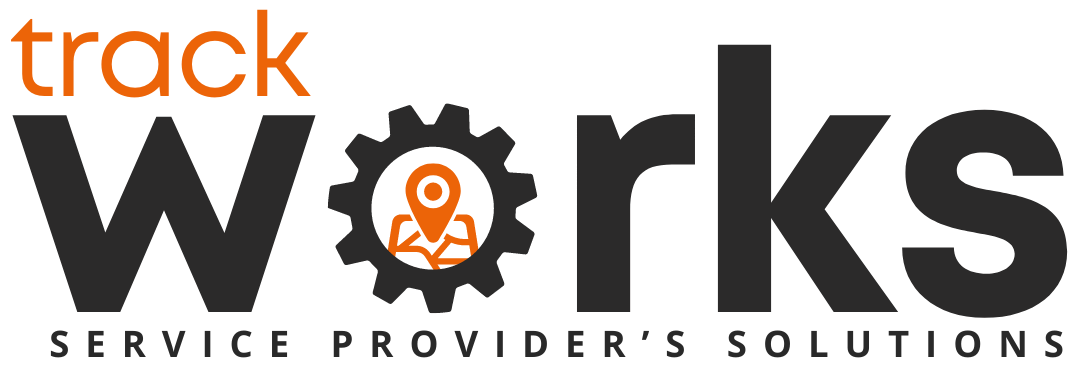Managing Workforce Capacity: When to Optimize Your Team vs. Hiring More Technicians
Introduction
For field service businesses, managing workforce capacity is one of the most critical—but often overlooked—aspects of operations. Too few technicians and you risk missed appointments, delayed service, and frustrated customers. Too many, and you’re overspending on salaries and underutilizing resources.
The key isn’t always hiring more people. Often, better data-driven scheduling, route optimization, and workload management can unlock hidden capacity within your existing team. In this post, we’ll explore how to know when to optimize versus when hiring is truly necessary, and how Track Works helps you make these decisions with confidence.
1. Signs Your Team is Stretched Too Thin
Before considering hiring, it’s important to understand the warning signs that your current team is under strain:
- Frequent Overtime: Technicians working long hours just to keep up is a red flag.
- Missed Service-Level Agreements (SLAs): Late appointments or delayed jobs indicate your schedule may not match demand.
- Customer Complaints: Repeated complaints about missed windows, slow response, or rushed service suggest capacity issues.
- Low First-Time Fix Rates: Overworked technicians are more likely to make errors or require return visits.
These symptoms can point to either a true staffing shortage or inefficiencies in how your current workforce is deployed.
2. Optimize Before You Expand
Often, the most cost-effective solution is to maximize the efficiency of your current team before hiring new staff. This involves:
- Evaluating Technician Utilization: Measure how much of each technician’s day is spent on productive, billable work. A utilization rate below 70% could indicate idle time that can be reduced.
- Reducing Travel Time: Analyze routes to cut unnecessary drive time. Even saving 15–20 minutes per job per technician adds up to hours each week.
- Load Balancing Jobs: Distribute work evenly based on skills, location, and availability. Avoid overloading some techs while others have downtime.
- Predictive Scheduling: Use historical data to anticipate busy periods and adjust assignments proactively.
By addressing these factors, businesses often find they can complete more work without adding new staff.
3. When Hiring Makes Sense
Sometimes optimization isn’t enough. Situations that justify expanding your team include:
- Seasonal Peaks or Expansion: High-demand seasons (like summer HVAC work) or new service territories may require temporary or permanent staff.
- Persistent Overload: If overtime remains high and jobs are consistently delayed even after optimization, hiring may be necessary.
- Skills Gaps: Certain jobs may require expertise your current team lacks—hiring specialists can improve first-time fix rates and customer satisfaction.
The goal is to ensure hiring decisions are strategic and data-driven, not reactive.
4. Case Example: Optimizing Before Hiring
Consider a 15-technician plumbing company facing frequent overtime and missed appointments. Using data from their FSM system, they:
- Identified uneven workloads across techs
- Optimized routes to reduce travel time by 18 minutes per day per technician
- Reassigned jobs based on skill and job complexity
Results:
- Jobs completed per day increased by 12% without adding new staff
- Overtime hours decreased by 30%
- Customer satisfaction improved due to fewer delays
By optimizing first, the company avoided unnecessary hiring costs while improving service performance.
5. How Track Works Helps You Optimize Workforce Capacity
Track Works is designed to give you the visibility and tools needed to make smart capacity decisions:
- Real-Time Dashboard: See technician availability, workload, and utilization at a glance.
- Automated Job Assignment: Distributes work based on location, skills, and priorities.
- Performance Analytics: Historical reports help forecast demand and identify bottlenecks.
- Route Optimization: Reduces drive time, increasing productive hours without adding staff.
With Track Works, you can confidently determine whether your team can handle demand or if hiring is justified.
Conclusion
Managing workforce capacity isn’t just about avoiding missed jobs—it’s about balancing efficiency, cost, and customer satisfaction. By leveraging data to optimize schedules, routes, and workloads, many businesses can achieve more with their existing team.
Hiring should be a strategic decision, supported by real insights rather than assumptions. Track Works makes workforce optimization straightforward, giving field service managers the information and tools they need to grow efficiently while keeping customers happy.




No responses yet